General Motors Death Watch 52: Kill! Kill!
If I hear that "you can't cut your way to prosperity" line one more time, I swear I'm going to post a forty-eight page article about surgical cancer treatment. Listen up. General Motors sells a vast range of crap automobiles for less than they cost to make. The General has only one hope for survival: cut itself into pieces, jettison ALL the cancerous bits (products, brands, management, committees, supervisors, labor contracts, buildings, factories, suppliers, dealers, Gulfstream jets, the lot) and get on with the business of making the world's best vehicles at… wait for it… a profit.
It's increasingly obvious that this necessary (not to say inevitable) "restructuring" will have to wait until GM goes under. The General's generals made that clear when they reacted to Turnaround King Jerry York's suggestion that GM should deep-six or sell their Saab and Hummer brands. GM execs dismissed the idea with the PR equivalent of a derisive snort. Marketing Maven Monster Mark LaNeve, a man whose comments about GM's pricing strategy sound a lot like a snake-handler speaking in tongues, assured the press that "all GM's brands will eventually be profitable." Bet your bottom dollar? Done. GM has mortgaged its future on baseless brand optimism.
You wouldn't expect anything less from Rabid Rick Wagoner's "Iceberg? What iceberg? Oh THAT iceberg" administration. But what's up with ascot-clad industry doyen Jerry Flint? Forbes magazine's Main Man reacted to York's call for brand assassination with thinly-veiled scorn and happy-clappy cheerleading. In an anti-cull diatribe published by The Car Connection, Flint was contemptuous of Wall Street analysts in general and Kirk Kerkorian's proxy in particular. He excoriated them all with characteristic bluntality: "Well, they are just wrong."
Flint says GM will save Saab by federalizing German Opels, slapping on a Saab sticker and sending them stateside. He predicts that THIS plan will deliver the goods (as opposed to the previous brainstorm involving rebadged Subarus and touched-up Trailblazers). Yes, well, as the writer himself pointed-out back in '93, "For $1.5 billion, GM got a money-losing operation that needs a 30 percent sales increase to break even and maybe a 50 percent increase to be seriously profitable. For that money, it could have built a new line for Cadillac to make it a global contender in the luxury field. Instead, it has Saab." Which still hasn't made a dime for GM; ending '05 down $300m on increased sales.
Flint also sneers at York's proposed Hummericide. He lauds the new H3's sales and trumpets the fact that it's built on the Chevy Colorado platform, sharing its asthmatic five-cylinder engine. Why kill a brand that's on its uppers– you know, other than the fact that it's not profitable? On one hand, you gotta love a GM brand– ANY GM brand– with such a tightly-focused product portfolio. On the other hand, even casual observers might suggest that the whole Hummer shtick is a great landing in the wrong decade. Cliff diving sales figures for Hummer's ludicrous H1 and laughable H2 are only one indication that the brand may not have the brightest of futures. Gas prices are the other.
Flint's Hummeraphilia reflects his faith in GM's overarching strategy of platform sharing (a.k.a. badge engineering). The rest of his article defends Buick, Pontiac and Chevrolet against the executioner's blade on the basis that they sell a Hell of a lot of stuff, and that much of that stuff comes from the same assembly line. "If you eliminated the Pontiac Torrent, for example, there would be less volume for the factory that makes the Equinox and the Torrent. Kill Buick and you starve the factory making the Cadillac DTS and the Lucerne. The trick is to make distinctive models off the same platforms."
For a lesson on how it should be done, Flint points to the factory cranking-out the [sisters under the skin] Chrysler 300, Dodge Charger and Dodge Magnum. On the face of it, DCX' cost savings reaffirm Flint's case for cranking-out as much shit as humanly possible. But the strategy holds a hidden danger: homogeneity. The Dodge Charger may be relatively cheap to build, but the NASCAR Dad's sedan is hardly a "distinctive" departure from the Chrysler 300– or, for that matter, a solid sales success. Lincoln Mercury's disastrous dependence on tarted-up Fords is teaching The Blue Oval Boys that platform sharing and genre-killing brand-specific products are mutually exclusive.
Corner-cutting kills cars. And brands. And companies. Longtime pundits like Flint, who look at the ever-changing roster of products slated for GM's various divisions and conclude "The way up is to grow, not to kill", are just wrong. GM is clinically obese and chronically slow. Platform sharing just makes The General fatter and lazier. Yes, killing brands– and models– would be enormously expensive. But General Motors is diseased. One way or another, sooner or later, the surgeon's knife will swing down and do what must be done.
More by Robert Farago
Latest Car Reviews
Read moreLatest Product Reviews
Read moreRecent Comments
- Brandon I would vote for my 23 Escape ST-Line with the 2.0L turbo and a normal 8 speed transmission instead of CVT. 250 HP, I average 28 MPG and get much higher on trips and get a nice 13" sync4 touchscreen. It leaves these 2 in my dust literally
- JLGOLDEN When this and Hornet were revealed, I expected BOTH to quickly become best-sellers for their brands. They look great, and seem like interesting and fun alternatives in a crowded market. Alas, ambitious pricing is a bridge too far...
- Zerofoo Modifications are funny things. I like the smoked side marker look - however having seen too many cars with butchered wire harnesses, I don't buy cars with ANY modifications. Pro-tip - put the car back to stock before you try and sell it.
- JLGOLDEN I disagree with the author's comment on the current Murano's "annoying CVT". Murano's CVT does not fake shifts like some CVTs attempt, therefore does not cause shift shock or driveline harshness while fumbling between set ratios. Murano's CVT feels genuinely smooth and lets the (great-sounding V6) engine sing and zing along pleasantly.
- JLGOLDEN Our family bought a 2012 Murano AWD new, and enjoyed it for 280K before we sold it last month. CVT began slipping at 230K but it was worth fixing a clean, well-cared for car. As soon as we sold the 2012, I grabbed a new 2024 Murano before the body style and powertrain changes for 2025, and (as rumored) goes to 4-cyl turbo. Sure, the current Murano feels old-school, with interior switchgear and finishes akin to a 2010 Infiniti. That's not a bad thing! Feels solid, V6 sounds awesome, and the whole platform has been around long enough that future parts & service wont be an issue.

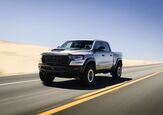
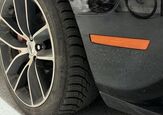
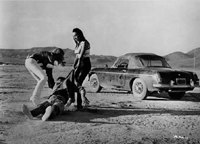




















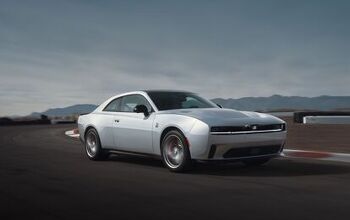




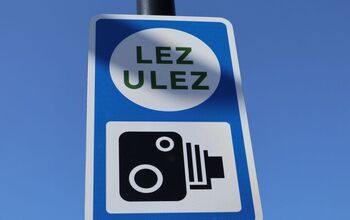
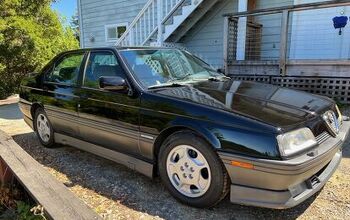
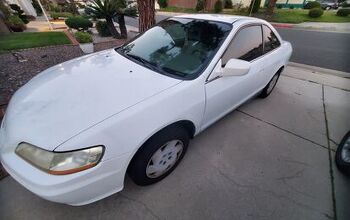
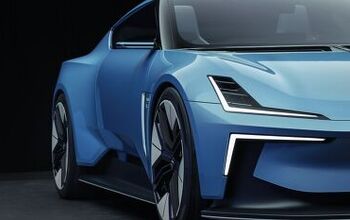
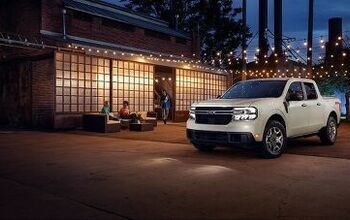
Comments
Join the conversation